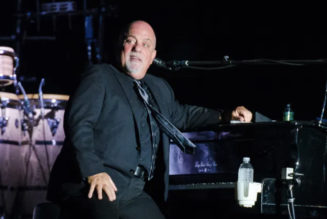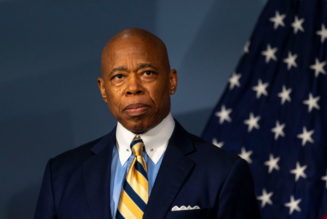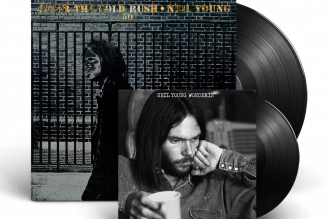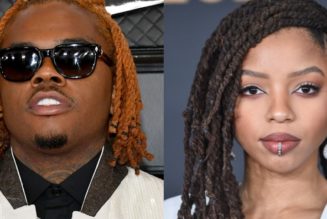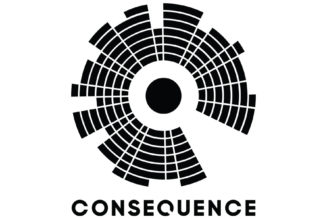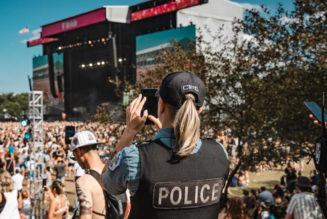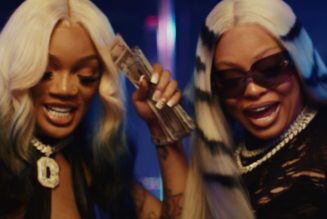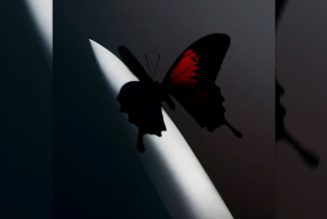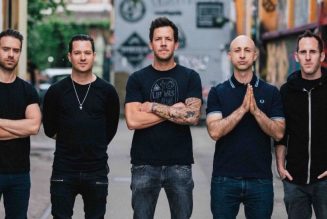One would imagine surf music, as a topic of discussion, would be simple. Both surfing and music certainly are topics on their own… why should the pairing of the two be any different? As it turns out, attempting to understand what makes for “real” surf music is similar to making a peanut butter and jelly sandwich: the two main ingredients go together perfectly, but once combined, it’s incredibly difficult to separate any one part from the other, and you’re left with a sticky mess.
For example, take The Beach Boys: they must make surf music… right? Not quite. In a History of Surfing, in chapter titled Surfing in Five Part Harmony, Matt Warshaw writes that “surfers never embraced the Beach Boys, Jan and Dean, or any of the other one-hit-wonder vocal surf music groups.” Californian surfer Mike Doyle, in particular, is quoted as saying that “the first time we heard ‘Surfer Girl,’’ we started hissing and hooting because we thought it was so dumb.”
On a serious note, understanding surf music is complicated. Of course, one could argue that you don’t need to understand surf music to appreciate it, listen to it, use it to back your next edit… and they’d be right. But, like most aspects of surf culture, a deeper understanding of any part of it leads to a greater appreciation, and often, new and exciting discoveries. Plus, surf history is riddled with crazy stories, and surf music’s piece of that pie is no different.
But before delving into my findings from my investigation into what makes surf music surf music, I should explain why I’m interested. Surfers listen to a wide variety of music: the grinding sounds of brass and guitar from The Revels, the iconic reverb-drenched guitar instrumentals of Dick Dale (and don’t forget The Ventures!), the sappy-sweet ballads from The Beach Boys, the too-cool melodies of the Dave Brubeck Quartet, and even some reggae mixed in here and there… there’s no way this is all surf music! How could this ever fit into one genre?
As it turns out, it doesn’t. Surf music is, indeed, a real and categorizable genre of music, with its own entry in the Encyclopedia Britannica where it is defined as: a “genre of popular music that arose in Southern California in the early 1960s.” The original surf music was instrumental only, relying heavily on reverb and impressive guitar solos.
Even more interesting, when I turned to Matt for insight, he pointed me to Rhino Records’ Cowabunga box CD collection, which picks out some real choice surf songs in order, giving the listener a start-to-finish experience of the classic surf music sound.
One standout from both the CD set and surf music in general is Dick Dale, a prominent figure from the genre, and the king of the surf guitar — there’s no question that his stuff is the real deal. But interestingly, in the History of Surfing chapter dedicated to Dick Dale, Warshaw writes that “Dale’s sound — surf music itself, for that matter — was best captured by a Greek folk song that Dale reworked for the Surfer’s Choice LP into a two-minute bolt of lightning called ‘Miserlou.’”
“Before Dick Dale, before the Beach Boys, there was just music to surf by.” In the 1950s, the hippest surfers were listening to West Coast Jazz, likely because its experimental, mellow nature lends itself well to the practice of wave riding. Bud Shank (yes, the alto-saxophonist who did the theme music to The James Dean Story) scored not one, but two Bruce Brown films: Slippery When Wet and Barefoot Adventure.
This phenomenon exemplifies my confusion about what makes up the heart and soul of surf music. Dick Dale’s most famous tune has completely non-wave related roots, and Bud Shank’s sound doesn’t fit the surf music boundaries, but it seems surfy to me! I wrote to Brad Barrett, multi-talented photographer and self-proclaimed music nerd, for insight.
Barrett published a piece for The Surfer’s Journal titled “In The Days Before… Surf Music” discussing this precise event, explaining that early surf film soundtracks were nothing more than “album cuts and 45s dubbed onto little Ampex reel-to-reel tape recorders and played during screenings of surfing movies over the junior high school auditorium PA systems where the movies were shown, the volume rising or falling depending on whether or not the film’s maker was narrating the specific action appearing onscreen at the moment.”
“Bruce Brown got the wild idea of having an actual scored soundtrack — like in a “real” movie — for his first 16mm production, Slippery When Wet, and so approached Bud Shank, probably after hearing him play a gig at the Drift Inn in Malibu.”
Barrett describes Shank’s score as enhancing both the film’s wave riding and slower sections perfectly. “The flute-driven ‘Up In Velseyland’ [sic], which tells the tale of a surf ‘battle’ between Aaberg and Weber” is a highlight.
But here’s the kicker: you can take the visuals of surfing away, and the music still works. Brad said it, “evokes the easygoing life of a surfer and helps relieve my soul of the crazy rush going on all around me.” So, these songs by Bud Shank are not surf music solely because of their association with surf films – they have a surf feeling to them beyond that.
And surfers loved Shank’s sound. (The Barefoot Adventure album sold a jaw-dropping number of copies for the time!) So while Bud Shank doesn’t technically make surf music, and he doesn’t really make music about surfing, it feels like surfing.
Brad also helpfully explained to me that there’s surf music and surfer music: surf music is the genre, “codified, set in stone of some kind. Then there’s ‘surfer’ music, which was pretty much defined by its generation.” When pressed for more info about the surf music feeling, Brad revealed to me that the parallel here came down to style and mood more than anything else. “Late ’50s-early-’60s surfing was more bohemian, so something that wasn’t 9-to-5, like jazz, was just gonna work.”
Further illustrating the idea that “real” surf music is hardly limited to its own twangy guitar genre, Brad pointed to an unlikely jam: Harlem Nocturne by The Viscounts. “Their updating of an old jazz tune from the ’30s, slowing it way down, you can feel the pulse of the tide, the sets building… this record feels to me more like surfing and being in the water than just about any other record I can think of.”
Neither the intention to make music designed for surfing, nor the actual surfing ability of a band’s members, has anything to do with whether music is “surf” music or not. And, of course, what was even considered surf music changed drastically with each generation of surfers.
Brad told me that “Severson and Brown’s era had their music tastes; then come the early hot-doggers, like, say Dewey Weber, Phil Edwards, Kemp Aaberg, Skip Frye, Hynson etc. They seemed, to me, more into jazz. Then, us ’60s gremmies were rock’n’roll kids. We grew up with that as our touchstone from the mid-fifties on. So, it was only natural to gravitate to groups like the Ventures, even though records like “Walk – Don’t Run” weren’t originally intended as “surf” tunes we kids made ‘em our surf soundtrack. I mean, check out the original Walk Don’t Run LP cover: not too surfy!”
It may be the case that, like many other creative things (surf style included), attempting to pinpoint a piece of work can be extremely tricky, and is often fruitless. The most important parts of music lies not necessarily in what it “is,” but what it is able to convey: emotions, contexts, meanings — all without explicitly using words.
Put simply, surf music may transcend its own genre: the most authentic “surf” music (music that conjures up feelings of surfing and a surfing life) lies somewhere between Dick Dale and mellow jazz in a way that, if charted out, would have pinpoints within its own categorization and outside of it.
So, yes: surf music is a definable genre, but it’s also more than that. If surf music is only a genre of music: with a signature sound, a cast of musicians, and a timeframe… doesn’t that also mean it has an expiration date? The genre of surf music was quickly overtaken: Warshaw explains in the History of Surfing chapter “Surfing in Five Part Harmony,” that vocal surf music was “a short-lived craze — Bob Dylan, the Beatles and Motown saw to that.”
But groups still create surf music today. I would argue that the function of surf music is more important than its definition or categorization. Its function being… to evoke feelings of surfing, of course! Surf music isn’t always made by surfers, or used as a soundtrack to back surf films, or even about surfing lyrically, but you know it when you hear it – because it reminds you of surfing.

